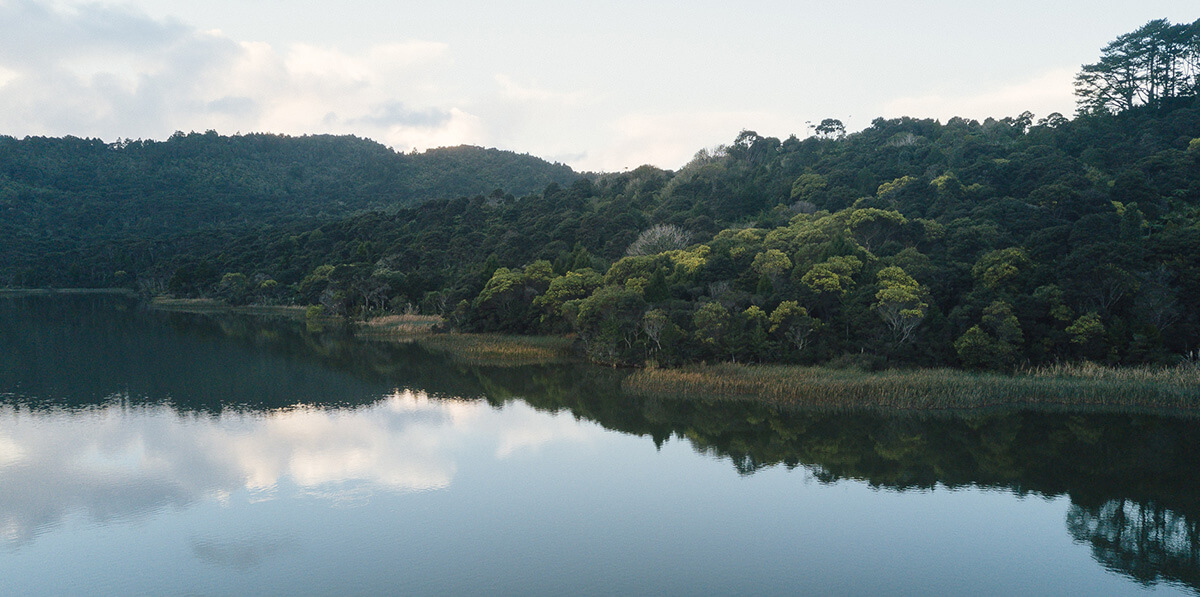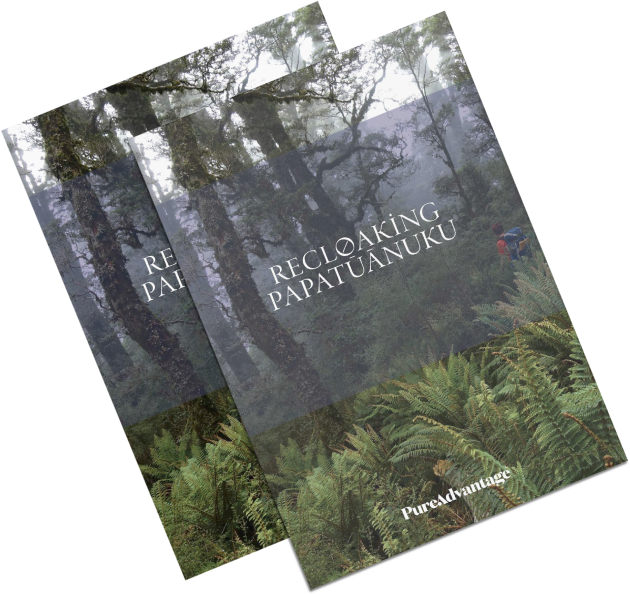Developing funding and investment models
With input from a number of different sources, we have been exploring the economic case to support this Proposal, including high level cost analyses for the three reforestation scenarios it outlines, a recommended funding model, and the potential to develop innovative or access existing investment models and instruments. This modelling and analysis in support of our Proposal will be provided separately.
Governance and operational entities
Appropriate and effective governance and operational models will be further explored with Recloaking Papatūānuku signatories and stakeholders.
We note that the Predator Free 2050 movement might provide a potentially workable precedent that captures the inclusive, collaborative, participatory, multi-scale, and multi-stakeholder approach around which this Proposal was formed.
The involvement of mana whenua and rangatahi in both governance oversight and at the operations level are fundamental to upholding Te Tiriti, ensuring decision-making is informed by mātauranga and tikanga Māori, and safeguarding the commitment to intergenerational equity and well-being.
For Recloaking Papatūānuku to be successful, we need to ensure that funding does not get tied up in a costly administrative and auditing bureaucracy. It is essential that funding leads to direct on-the-ground mahi through community groups, mana whenua entities and other land managers. The National Catchment Community Trust and Federation of Māori Authorities are likely to be key organisations to ensure that funding reaching those doing the mahi is maximised.
Objectives and outcomes
To ensure the aspirations of Recloaking Papatūānuku are realised, clearly defined and measurable objectives and outcomes will need to be developed and defined. We expect these would be designed around material improvements across a range of climate, ecological and landscape resilience indicators, as well as economic, research and education, cultural and community.
Monitoring and measurement of outcomes against key milestones
Target land will need to be monitored to ensure successful establishment, reversion, or regeneration and ongoing maintenance pursuant to species and forest management plans. Plant stocking rates, and suitable targets and timeframes for increases in species composition/diversity, carbon stores, water quality, erosion control, associated jobs and revenue streams appropriate to the relevant target land will need to be agreed, and progress against these indicators (and any others) reviewed and reported on at regular intervals.






